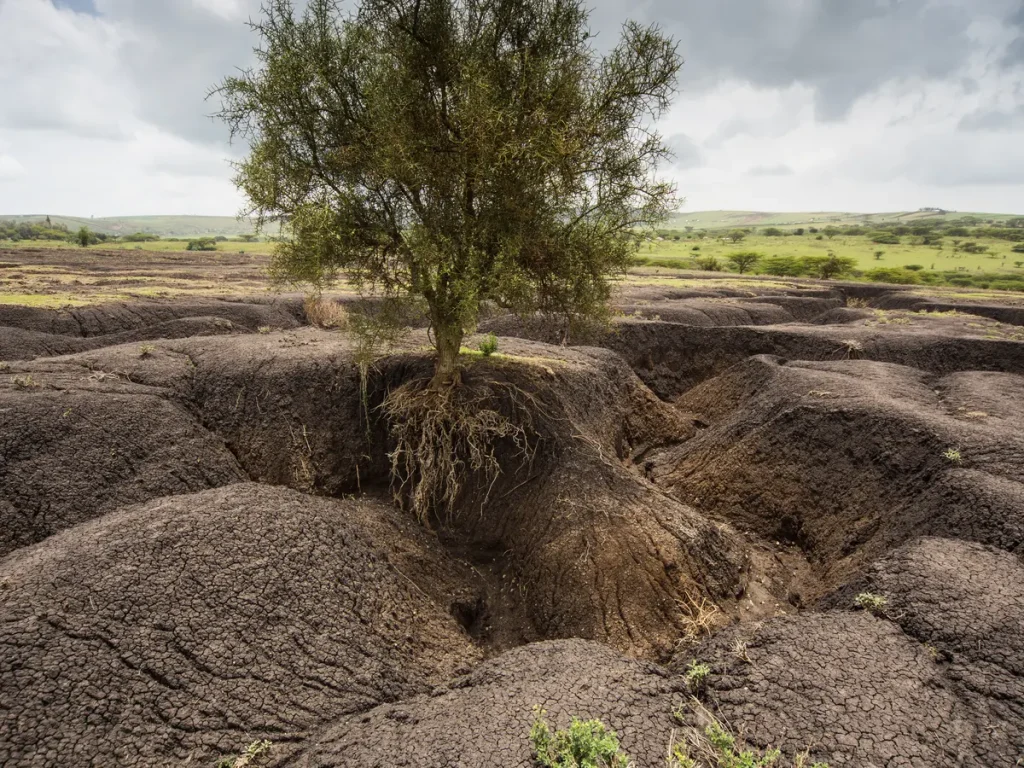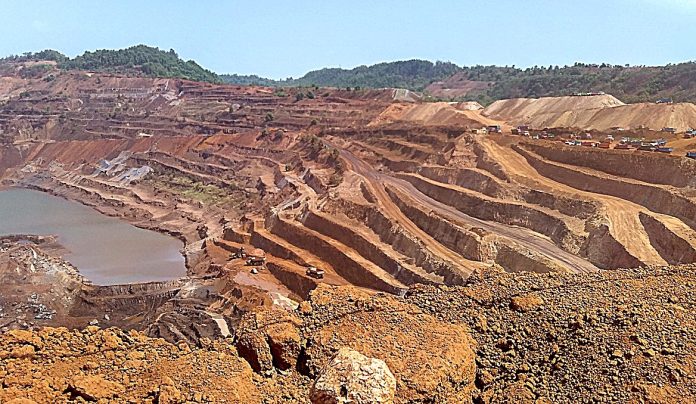Land degradation poses a significant threat to India’s environmental sustainability, agricultural productivity, and economic well-being. With approximately 130 million hectares of degraded land across the country, urgent action is needed to address this pressing issue.
Land degradation in India is caused by a myriad of factors, including deforestation, unsustainable land management practices, overgrazing, and improper irrigation methods. These activities lead to soil erosion, salinization, waterlogging, and loss of biodiversity, significantly impacting the quality and productivity of land.
The economic repercussions of land degradation are profound. It not only affects agricultural productivity but also leads to increased poverty and food insecurity. The cost of land degradation is estimated to be around 2.5% of India’s GDP, highlighting the urgent need for intervention to mitigate its adverse effects on livelihoods and economic growth.
Addressing land degradation requires a multifaceted approach. Sustainable agricultural practices such as afforestation, soil conservation, and proper land-use planning are essential. Additionally, promoting community-based conservation initiatives and implementing stringent environmental regulations can help prevent further degradation and restore degraded lands.
The future of India’s land resources depends on concerted efforts from all stakeholders, including government agencies, non-profit organizations, farmers, and local communities. By prioritizing sustainable land management practices and investing in ecosystem restoration projects, India can safeguard its land resources for future generations.
This article is intended for environmentally conscious individuals aged 25-35 who are interested in learning about the environmental challenges facing India and exploring potential solutions to address land degradation.
#LandDegradation #EnvironmentalSustainability #AgriculturalProductivity #EconomicImpact #SustainableAgriculture #EcosystemRestoration #IndiaEnvironment





